During the second day in Caen, we visited the British, American, and the German memorials for the lives that were lost during the Normandy Invasion. First, we visited the British memorial. Pictures are displayed below. It displayed the soldiers who lost their lives in the British Commonwealth which included New Zealand, Australia, and Canada. However, I think that it is interesting that the British did not display the comrades that fell that fought for them that were part of the Empire, only the Commonwealth, such as India. Their graves were very beautiful containing the name, insignia, religion, the years of the solider, and often a line that the solider is remembered by. The marble was very simple, clean, and conveyed that this was the end of the remembrance for them. They also had German soldiers behind the British which showed the name and dates of the soldier only. The British was the only memorial to display both sides of the war when we went to visit the memorials.
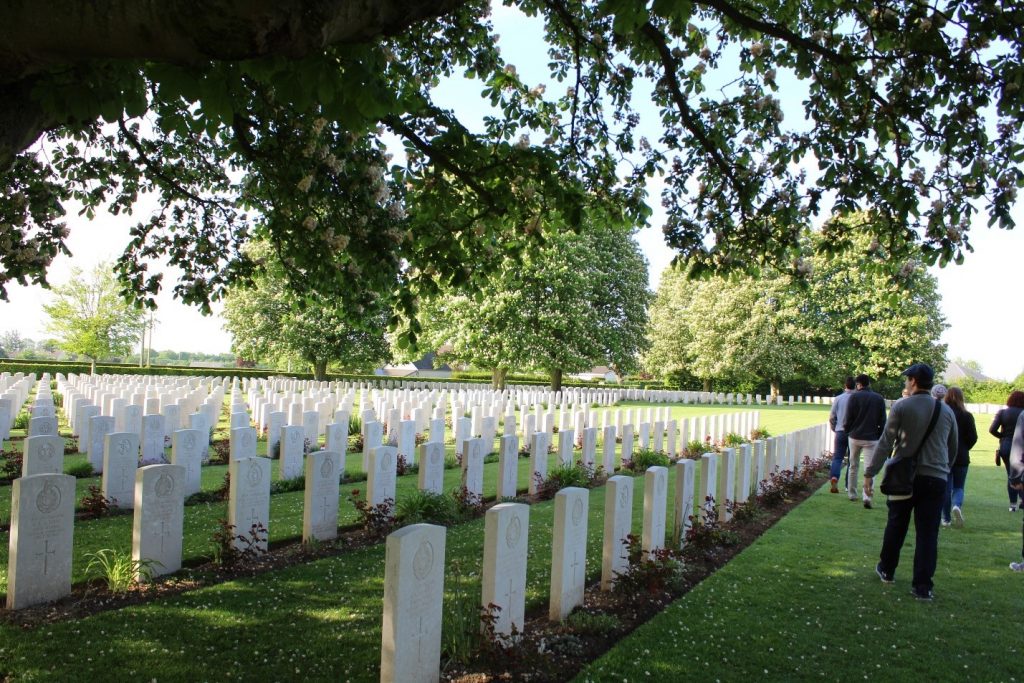
British Memorial of the Normandy Invasions
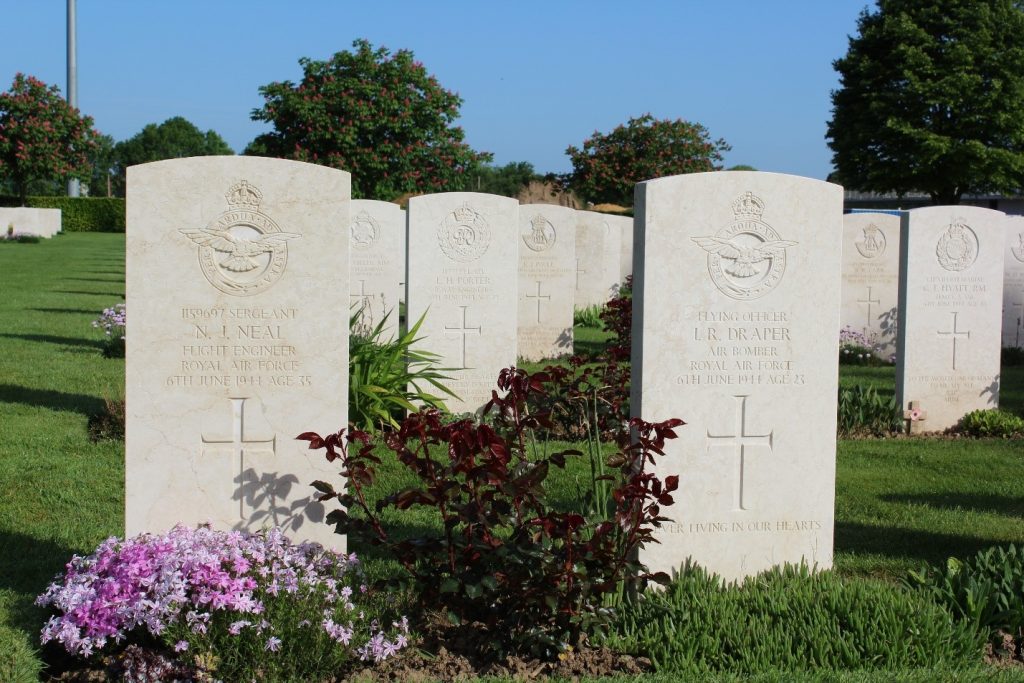
British Commonwealth Tombstones during the Normandy Invasion
Then, we visited the American Memorial. The first thing I noticed it was grandiose as it contained neoclassical features. The memorial contained the different symbols associated with the religion of the soldier for the tombstone. There were a few stones that contained the star of David signifying the Jewish soldiers. At the top of the memorial stood a sculpture of a man rising out of water suggesting the youth rising from the waves of others. I thought the stage and sculpture was very unnecessary in showing the significance of the people who sacrificed their lives. The memorial should be about the men, not this statue or the plans for the invasion in my opinion. At the end of the mall of grassland contained a chapel. The tombstones and the chapel convey the importance of religion in the memorial.
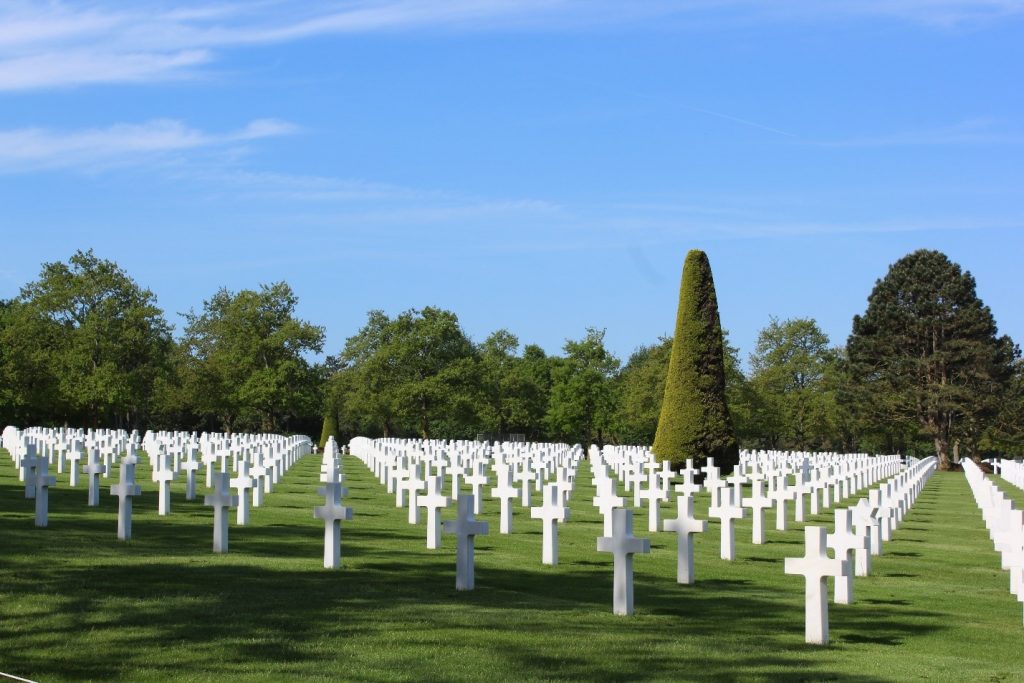
American Memorial for the fallen soldiers during the Normandy Invasion
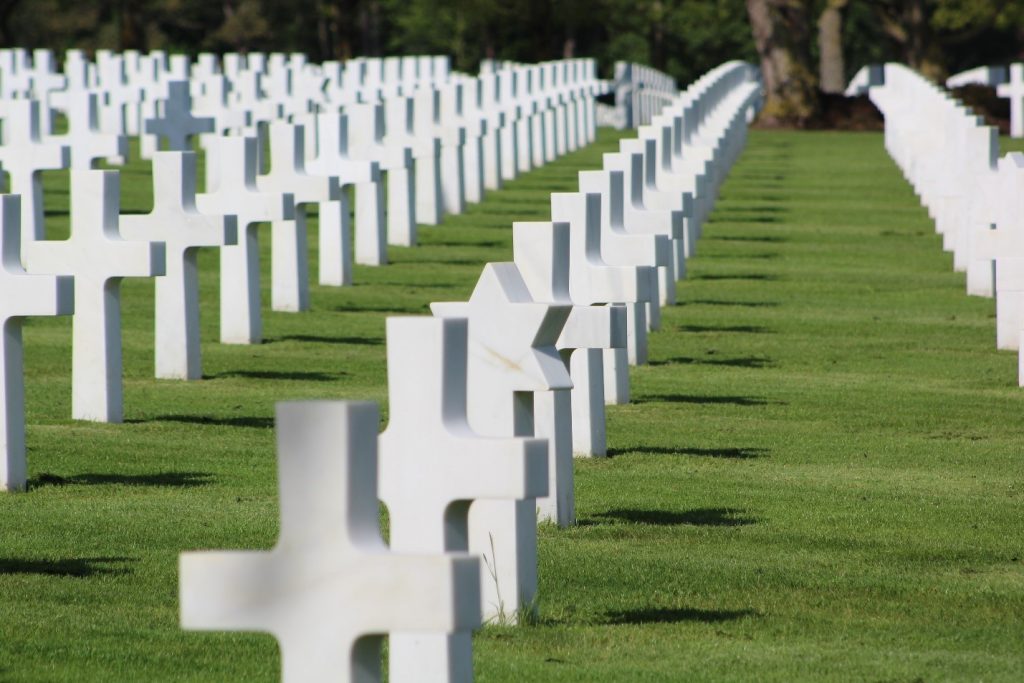
Close Up of the American Tombstones of the Normandy Invasion
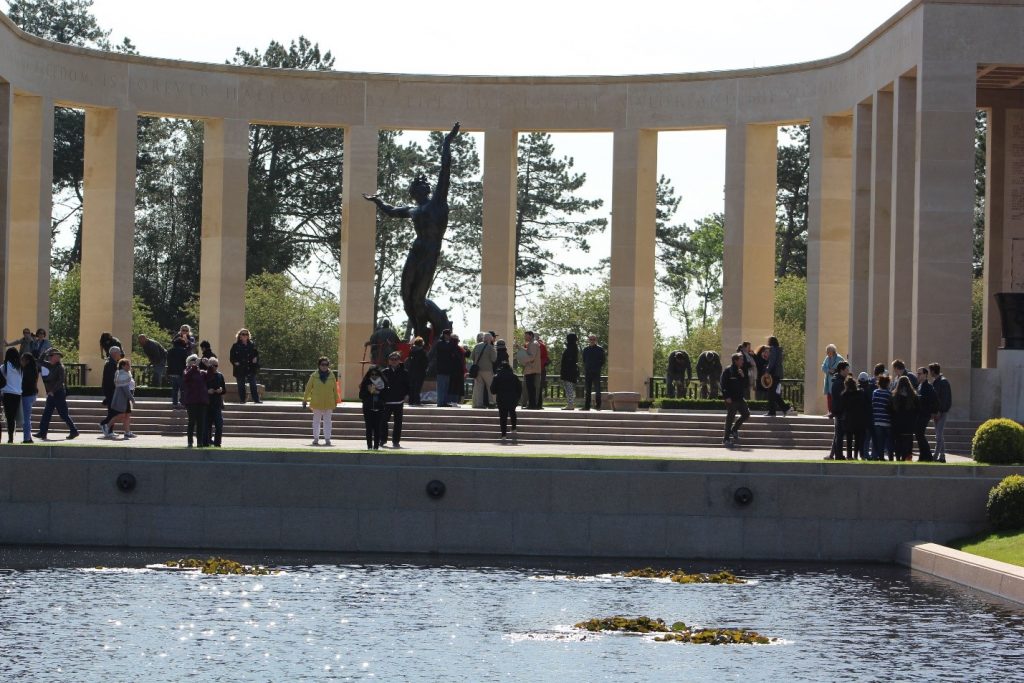
American Memorial’s Statue
Lastly, we visited the German Memorial. Compared to the other two, it seemed a lot more sad or emotional. It felt like a memorial, not like a demonstration like the American one. The tombstones were not in a perfect line and I think it symbolized the incongruities and mistakes made in the war.

German Tombstones in a line
Also, all of the stones were black and contained only the name of the soldier and the dates. And every few tombstones, there was memorial of five soldiers together which signified to me that they were unified during and after death.
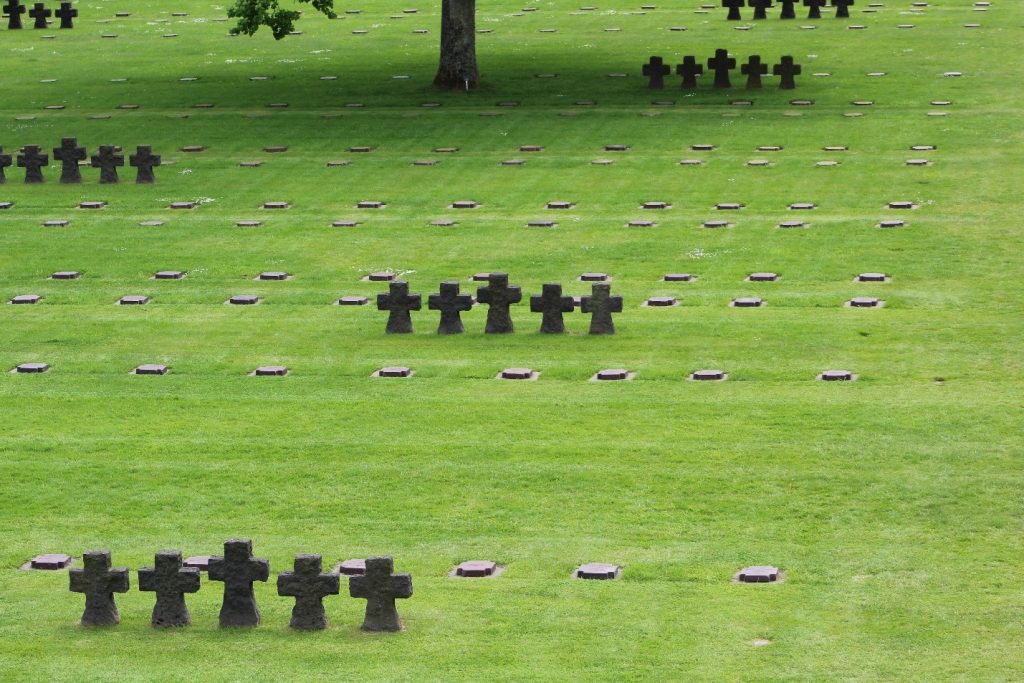
German Memorial’s Five standing Tombstones
Finally, the flowers around the graves added a touch of life and color to the somber graveyard.
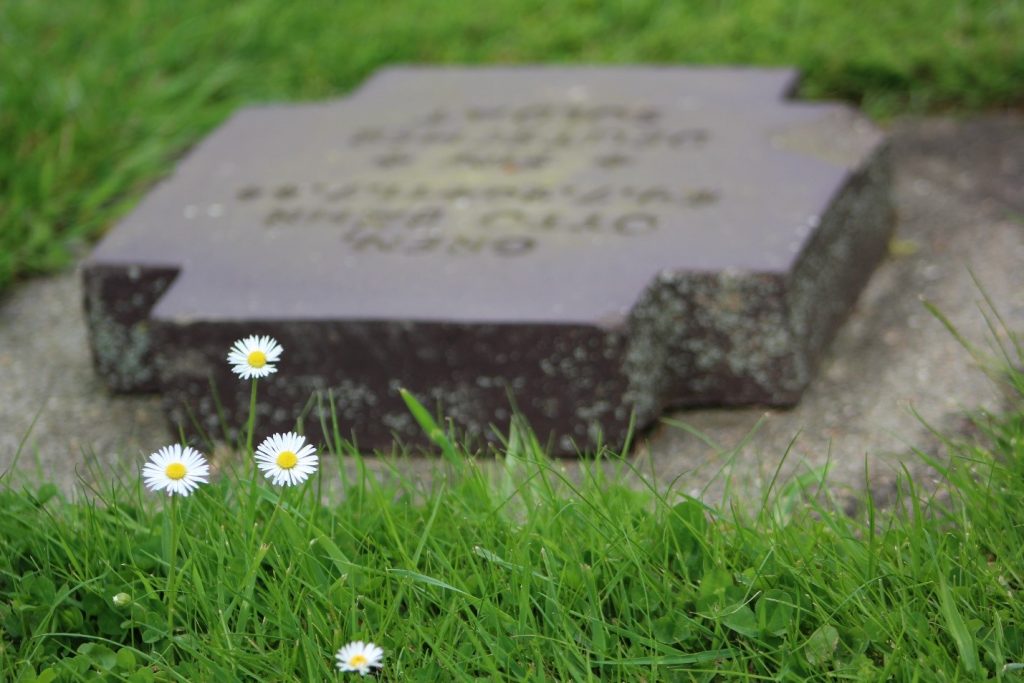
A German Tombstone with Flowers
The German graves was simple yet effective; I felt the most from their grave, and the way it was constructed is stuck in my mind over the others.